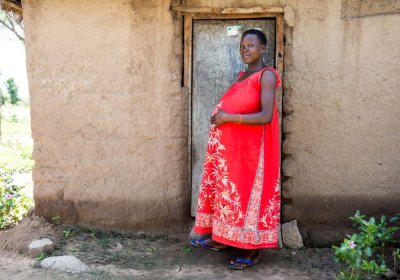What causes child deaths in low-resource settings?
Minimally invasive autopsy: An innovative post-mortem approach for under 5 mortality surveillance
There is a need for accurate estimates of cause of death (CoD) in low-income regions. Verbal autopsies and clinical records have shown to be imperfect tools and often inaccurate. Complete diagnostic autopsies (CDA), the gold standard proposed methodology for CoD determination are challenging to perform in most low-income settings due to their poor acceptability, and the scarce availability of facilities and human resources capable of conducting them. Minimally invasive autopsy (MIA), also known as Minimally Invasive Tissue Sampling (MITS) is a simplified post-mortem procedure involving body fluid and direct sampling of key organs using fine-needle biopsies, followed by pathology and microbiology analyses. As such, and anticipating a better acceptability due to the its minimally-invasive nature, MIAs could become an alternative to CDA. However, there is very limited information on its performance. In this session we will discuss the validation of the MIA tool against the CDA in a series of paediatric Mozambican deaths, and present data on their feasibility and acceptability when implemented as a mortality surveillance tool in a rural district in Southern Mozambique. We will also present the first generated data from their use in Mozambique as a mortality surveillance strategy in under 5s.
Professor Quique Bassat is a paediatrician and research professor with a special interest in the epidemiology of infectious diseases in developing countries and in the clinical characterization of severe paediatric infections.
This session will be live-streamed/recorded - accessible to both internal and external audience.
Admission
Contact







